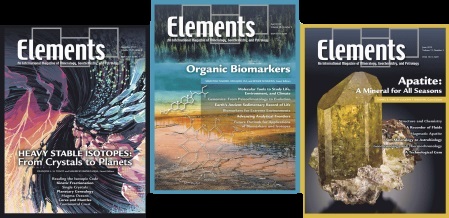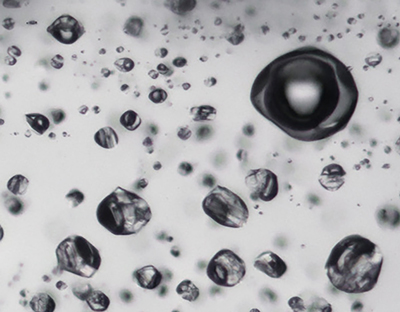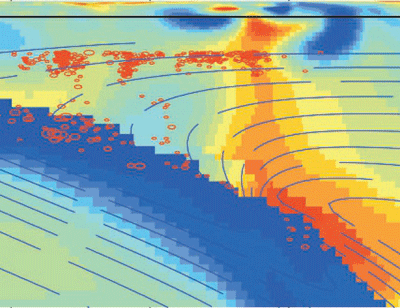Microscale Chemistry: Raman Analysis of Fluid and Melt Inclusions
Raman spectroscopy is a commonly applied nondestructive analytical technique for characterizing fluid and melt inclusions. The exceptional spatial resolution (~1 µm) and excellent spectral resolution (≤1 cm−1) permits the characterization of micrometer-scale phases and allows quantitative analyses based on Raman spectral features. Data provided by Raman analysis of fluid and melt inclusions has significantly advanced our understanding of complex geologic processes, including preeruptive volatile contents of magmas, the nature of fluids in the deep crust and upper mantle, the generation and evolution of methane-bearing fluids in unconventional hydrocarbon reservoirs. Anticipated future advances include the development of Raman mass spectroscopy and the use of Raman to monitor reaction progress in synthetic and natural fluid inclusion microreactors.
Microscale Chemistry: Raman Analysis of Fluid and Melt Inclusions Read More »



